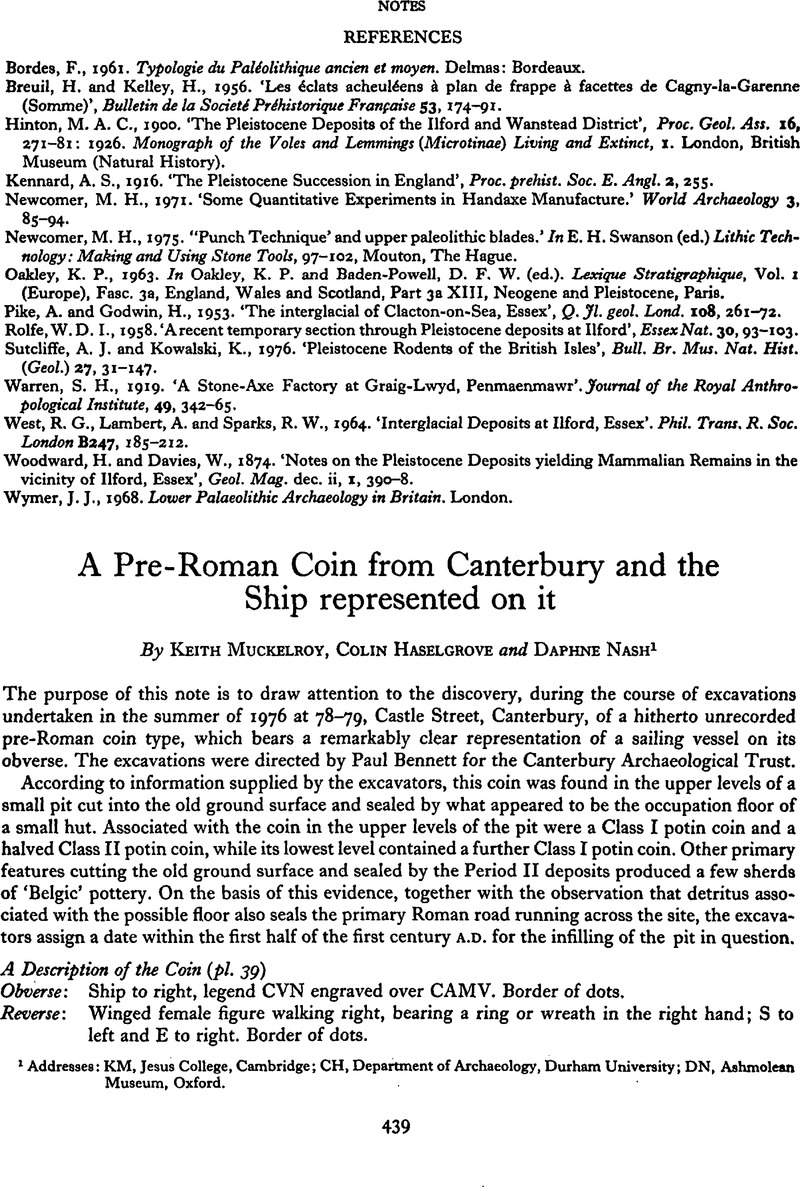Crossref Citations
This article has been cited by the following publications. This list is generated based on data provided by Crossref.
McGRAIL, SEAN
1983.
CROSS‐CHANNEL SEAMANSHIP AND NAVIGATION IN THE LATE FIRST MILLENNIUM BC.
Oxford Journal of Archaeology,
Vol. 2,
Issue. 3,
p.
299.
McGrail, Seán
1989.
PREHISTORIC WATER TRANSPORT IN N.W. EUROPE.
The Mariner's Mirror,
Vol. 75,
Issue. 4,
p.
297.
Tomalin, David
2006.
Coastal villas, maritime villas; a perspective from Southern Britain.
Journal of Maritime Archaeology,
Vol. 1,
Issue. 1,
p.
29.
Parham, D.
and
Fitzpatrick, A. P.
2013.
A Pascual 1 Roman Amphora from Catalonia from the sea at Saint Alban's Head Ledge, Dorset, England.
International Journal of Nautical Archaeology,
Vol. 42,
Issue. 1,
p.
193.





